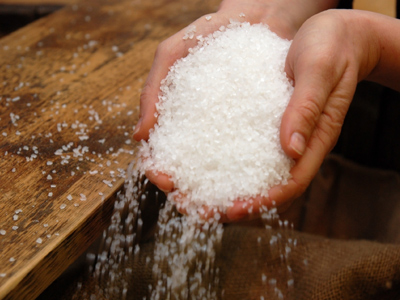

Britain: British Empire C. 1919-69 - The Growth Of Indian Demands For Independence
Students of GCSE History will learn about the British Empire. One area they will look at is the growth of Indian demands for independence from Britain in the first half of the 20th Century.
After 1919 Indian demands for independence from the British Raj increased. They saw further growth in the 1930's and 1940's and eventually the post-war British government granted independence to both Pakistan and India in 1947, having failed to avoid partition between a Muslim and a Hindu state.
See how much you have learned about the growth of Indian demands for independence from the British Raj by playing this quiz.
Ready for more?
not all...
quizzers. Try to win a coveted spot on our Hall of Fame Page.






